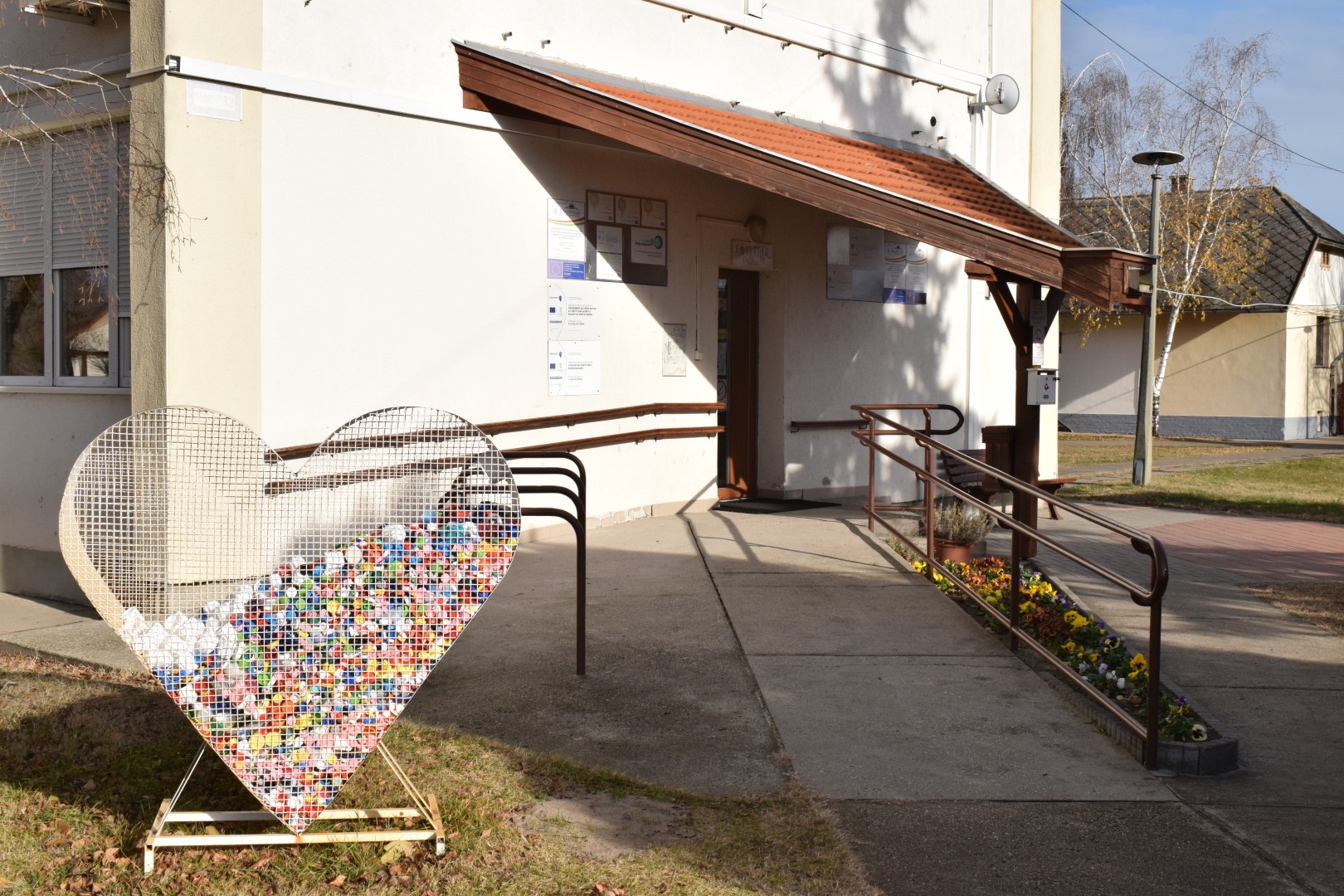ESZTER GÉMES
Contributions to culture and science
She started writing around 1948, after reading Zsigmond Móricz’s book Sándor Rózsa, the famous Hungarian outlaw. Eszter had heard numerous similar stories about members of her family, e.g., Imre Veszelka and Uncle János, who were also bandits whom the family often hid. When she finished the book, her relative Sándor Bálint wrote to Móricz about it and the writer gave his support for her work. In 1966, the television broadcast a film about Sándor Rózsa, which started a rumour among the people about the outlaw world, because until then they had not talked much about them. Her book was ready by then. Sándor Bálint, a folklorist, found out about it and, at her request, submitted it to the museum’s annual competition, where it was awarded a prize. Dr. Antal Juhász, ethnographer, encouraged her to write more. In the years that followed, she wrote several spiral notebooks full of her work and sent them to the museum’s annual competitions. She won the Csongrád County Newspaper’s competition on the beauty of life. She also won the Hungarian Pedagogical Society’s competition on Family Education in the Past and Present. She has appeared on television and Kossuth Radio, and has written articles for national newspapers. In 1971, excerpts from her article entitled Stories about Sándor Rúzsa were published in the Tiszatáj journal. In 1972, journalist Dezső Horváth made an interview with Eszter Gémes, which was published in the county daily Délmagyarország, and with her help, Délmagyarország published the autobiographical article Mindig magam (Always Myself) in 1978, and in 1981, Történetek Rúzsa Sándorról (Stories about Sándor Rúzsa). The first edition of Mindig magam was published in 1979, the second on the 100th anniversary of his birth, and Történetek Rúzsa Sándoról in 1981.
Short biography
In the 1770s, her ancestors from her father’s side came from the Felvidék to the Balástya area (Szeged-Felsőközpont), built cottages, later on they built buildings with hollow walls, they made the first shadoof (gémeskút), and from here they got their name (Gémes), her mother’s ancestors settled from Szeged on their land near the Őszeszéki lake. Her parents married in 1896 and the two families’ farms were 1 km apart. Her father was a poor peasant farmer, literate, enterprising and experimental, who planted vineyards and orchards, grafted and pruned, and tried to pass on all his knowledge to his children. Her mother was illiterate. Eszter Gémes came into the family in 1901 as the fourth child (10 siblings were born, 2 died in infancy). She started school in 1908 (Balástya, Őrhalmi school) and lived the busy life of a child of her time. She was an excellent pupil at school, yet She did not write anything for 30 years, when she started in 1948, she had to think about letters.
In 1913, she finished elementary school and had to finish her studies and go to the day labour. Alongside her father, she learnt all the jobs from pruning vines, fruit tree pruning, tending livestock to reed making. During the First World War, she did some of the hardest work (sharecropping, threshing, distilling brandy). In Csengele, she worked for years as a servant for a family of shopkeepers and merchants.
Interesting facts
The boy she loved was poor and was not allowed to marry. In 1925, family pressure forced her to marry András Veszelka, the son of a wealthy farmer. Her husband hardly worked, she herself took on all the work. She sewed at night, but she barely managed to earn enough to eat.
In 1937 she was widowed and remarried. But with her drunkard husband, Pál Bozóki, she continued to lead a difficult life, taking any job there was and fostering children in the shelter. In 1939, after much suffering, they divorced.

